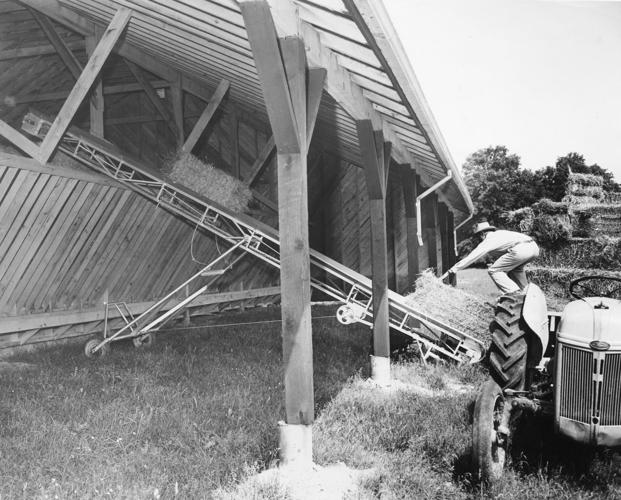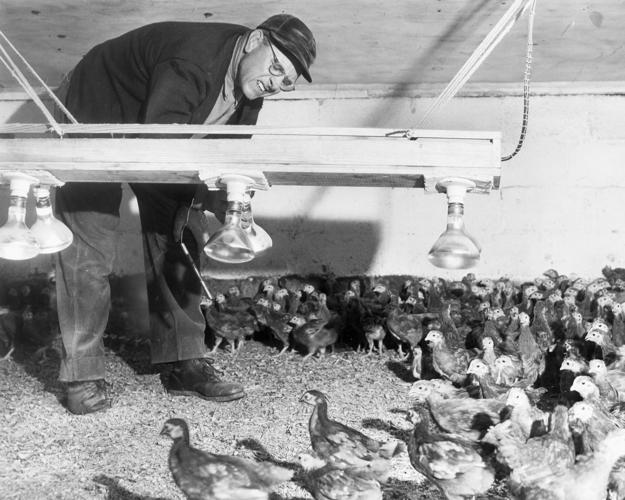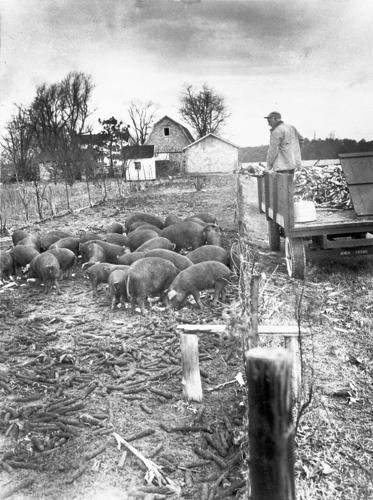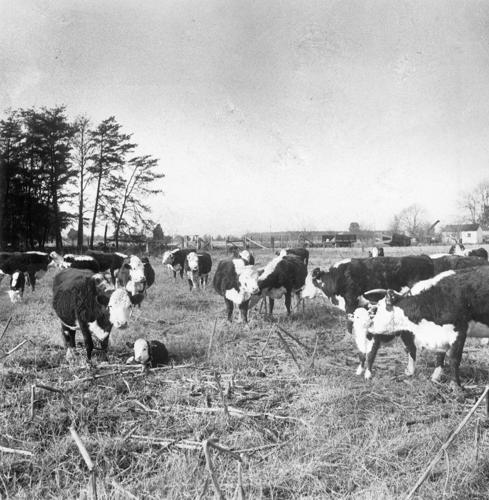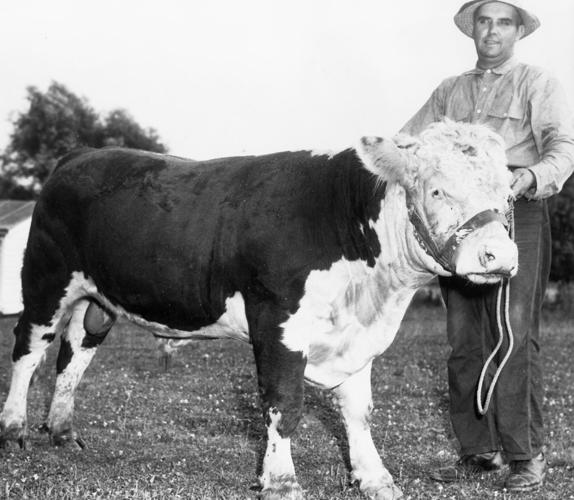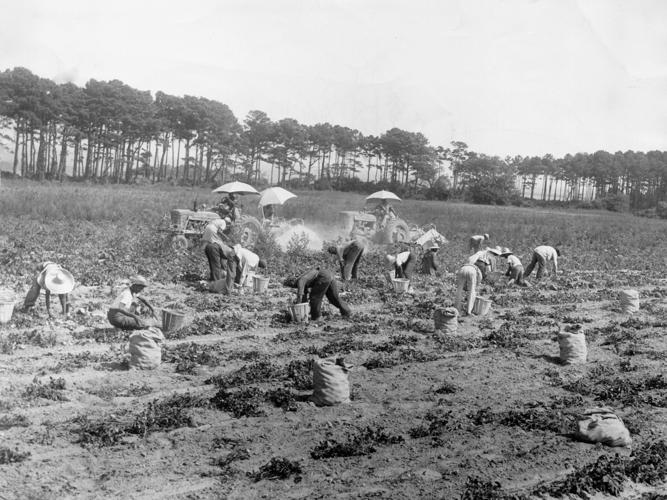There’s been considerable discussion recently regarding county review and approval of utility-scale solar projects. We would like to provide some context to this important conversation on behalf of Virginia counties. Members of the Virginia Association of Counties are accommodating this emerging and intensive land use in a responsible and inclusive manner.
Joe Lerch
Over the past decade, Virginia local governments have approved 260 projects totaling 11,640 megawatts in capacity generation. That’s 69 counties, eight cities and six towns that have said yes to utility-scale solar (defined as projects that are 1 megawatt or more in capacity). Given that the average land necessary to construct and operate 1 megawatt of solar is 10 acres, Virginia’s local leaders have approved approximately 116,400 acres, or more than 180 square miles dedicated to this land use.
People are also reading…
That’s the size of King George County, which has a population of more than 28,000.
At this rate localities will soon approve more than 217 square miles of solar, which will then be bigger than the individual land areas of 15 counties.
That’s a lot of land dedicated to this use.
Local planning commissions and boards of supervisors review these proposals by bringing together stakeholders to ensure that the size, location and landscape design of projects are consistent with local plans and ordinances, and not contrary to a county’s vision and goals for how these installations may benefit and fit within a community. Competing objectives for preserving working farms and forestlands are crucial factors that many rural localities must weigh when making these decisions.
D.E. Shaw and Co. built this solar farm, pictured in 2018, on 1,710 acres of woods and wetlands in Chesterfield County.
But given all the complexities and challenges for the siting of utility-scale solar installations, Virginia’s counties are, on the whole, receptive of this land use. The Virginia Solar Survey published in April 2022 by the Virginia Department of Energy, in partnership with the Virginia Solar Initiative at the University of Virginia, included a response rate of 82% that was primarily from counties (the survey was sent to all 95 counties and 38 cities in Virginia). Table 3 on page 18 shows that of the 116 utility-scale solar projects that went through the complete application process, localities approved 106, or 91%.
In terms of meeting the goals of the often-cited Virginia Clean Economy Act, the results thus far are more than encouraging. For example, by Dec. 31 Dominion Energy must meet a deadline for the necessary approvals to construct, acquire or enter into agreements to purchase energy for 3,000 megawatts of solar-generating capacity. In an October 2023 filing to the Virginia State Corporation Commission, the utility reports 3,744 megawatts of solar generation toward meeting this interim target. Dominion Energy is well ahead of schedule in meeting the target of 16,100 megawatts by Dec. 31, 2035.
As the commonwealth works toward its goals of reducing greenhouse gas emissions, utility-scale solar will play a critical role. Virginia’s counties have been meeting the demand for the siting of these installations, while at the same time making sure they are appropriately situated within the landscape of competing uses. These are local decisions made with the input and the design from both the developers and the community.
#lee-outstream-wrap {
height: 100%;
width: 100%;
max-width: 800px;
margin: 0 auto;
display: none;
position: relative;
}
#lee-outstream-wrap .ima-controls-div { z-index: 99; }
#lee-outstream-wrap .lee-outstream-video {
position: relative;
padding-bottom: 56.25%;
height: 0;
}
#lee-outstream-wrap .lee-outstream-video video {
position: absolute;
top: 0;
left: 0;
width: 100%;
height: 100%;
z-index:1;
}
#lee-outstream-close {
display: none;
position: absolute;
cursor: pointer;
top: -25px;
left: -25px;
padding: 10px;
overflow: hidden;
background-color: #000;
border-radius: 20px;
color: #fff;
z-index: 99;
line-height: 0;
box-shadow: rgba(0, 0, 0, 0.4) 0px 0px 5px 0px;
}
#lee-outstream-close:hover { color: rgba(255,255,255,.8); }
#lee-outstream-wrap.sticky {
position: fixed;
bottom:0;
right:0;
width: 400px;
z-index: 1000;
height: auto;
box-shadow: rgba(0, 0, 0, 0.4) 0px 0px 10px 0px;
}
#lee-outstream-wrap.sticky #lee-outstream-close{ display: block; }
@media (max-width: 767px){
#lee-outstream-wrap.sticky { width: 60%; }
}
Joe Lerch is director of local government policy for the Virginia Association of Counties. Contact Lerch at [email protected].
#lee-rev-content { margin:0 -5px; }
#lee-rev-content h3 {
font-family: inherit!important;
font-weight: 700!important;
border-left: 8px solid var(–lee-blox-link-color);
text-indent: 7px;
font-size: 24px!important;
line-height: 24px;
}
#lee-rev-content .rc-provider {
font-family: inherit!important;
}
#lee-rev-content h4 {
line-height: 24px!important;
font-family: “serif-ds”,Times,”Times New Roman”,serif!important;
margin-top: 10px!important;
}
@media (max-width: 991px) {
#lee-rev-content h3 {
font-size: 18px!important;
line-height: 18px;
}
}
This post was originally published on 3rd party site mentioned in the title of this site



